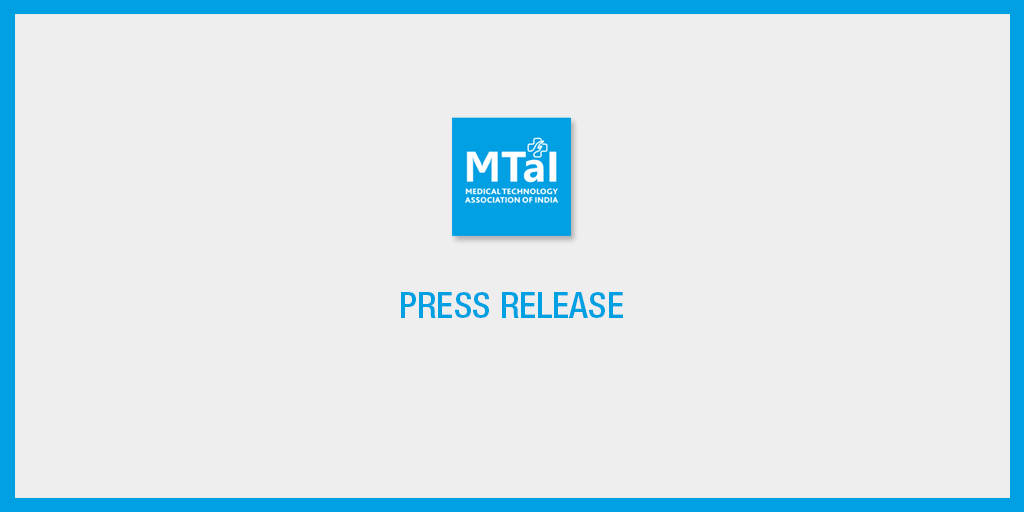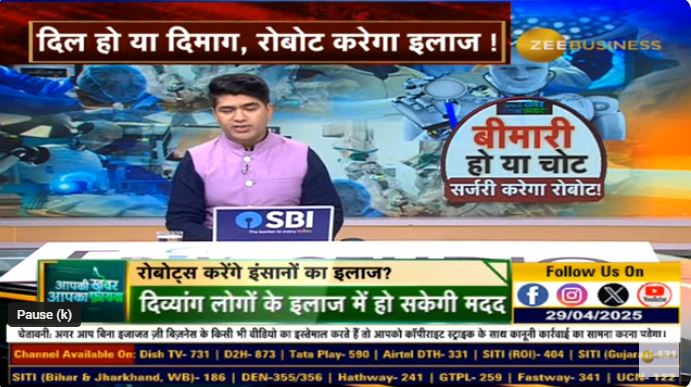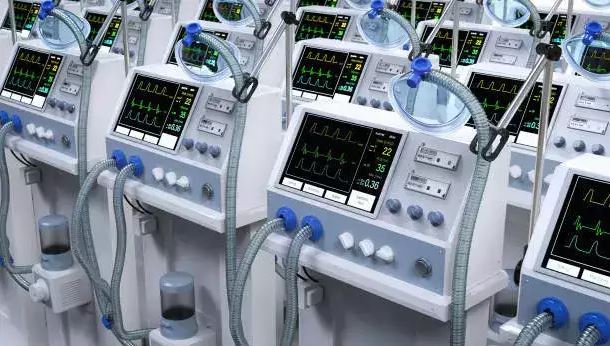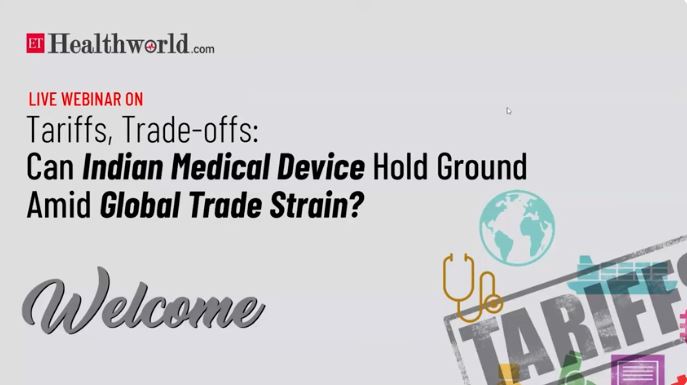- Major countries around the world allow import of pre-owned medical equipment
- Import of pre-owned medical equipment should be complemented with compliance with Good Manufacturing and Quality Practices followed internationally and suggested by regulatory authority
New Delhi, August 1, 2023: Medical Technology Association of India (MTaI), which represents leading research-based medical technology companies with large footprint in manufacturing, and training in India, today said that the Ministry of Environment, Forest & Climate Change’s (MoEFCC) recent move to allow Import of pre-owned medical equipment can increase accessibility of these capital-intensive equipment for the Indian patient, especially in Tier 2 & 3 cities.
Complex medical equipment like CT scans, MRI, Robotic assisted surgical systems, X ray machines, Endoscopes, etc. cost multiple millions of dollars which are often over the budgetary capability of smaller to mid-sized hospitals. Pre-owned medical equipment which are backed by adequate service guarantees and abide by the regulatory requirements can go a long way in solving this problem of access and affordability.
Globally, major countries like USA, European nations, Japan, United Kingdom, Canada, South Korea, New Zealand and Australia also allow import and sale of pre-owned medical equipment which complies with their regulations.
MTaI has also noted the recent comments from some sections of the industry but before placing its arguments MTaI would like to clear the air of rhetoric.
Pavan Choudary, Chairman, MTaI said, “Two points made by domestic industry leaders rhetorically hijack the debate and make it difficult for one to argue his case unselfconsciously.
- Import of Pre-owned medical equipment goes against the vision of the Prime Minister. This assertion assumes that these industry leaders have fully comprehended the vision of the Prime Minister. The Prime Minister has been in his seat for 9 years. He is the keenest of learners. His exposure is more than most can imagine. So, is it possible that the parts of his policy which favor the concerned might be mistaken by them as his whole policy?
- Recently when a minister threatened a journalist by brandishing her connection with his media owner, the media industry uproared in protest against this intimidation. Aren’t the industry leaders who are pillorying this policy by calling it against the Prime Minister’s vision guilty of the similar arm twisting of bureaucrats and politicians. MTaI humbly protests against arm twisting of any kind, from any quarter. In this case, such propaganda can distort policy making & derail progress and should be called out. And we are doing so. Dignity always doesn’t lie in silence”, Choudary added.
Clarifying MTaI’s position on import of pre-owned medical equipment, Choudary says, “MTaI distinguishes between import substitution from import replacement. How are the two different?
Import substitution is usually government backed and sponsored through raising of tariffs and non-tariff barriers and assisted with some subsidies/incentives. It usually has counter effects on competitiveness and efficiency. Import replacement on the other hand is more organic like for example, that seen in Japan where bicycle repair shops first started repairing imported bicycles, then started making some spare parts, then started making those bicycles themselves. Eventually, this cluster of industry which grew provided the ecosystem for giants like Honda and Toyota to rise. When import replacement happens, jobs boom in the cities and the village economies also get catalyzed through demand of new raw materials.
Second, we find that the Prime Minister, the Health Minister, the Minister of Environment and Forest and their colleagues are trying to craft a MedTech policy which harnesses both the domestic and international currents to optimally forge the path ahead. This ambition is logical as MedTech is a Capital Intensive and Technology intensive sector. India has 15% of the world’s population but only 5% of the world’s wealth and technology. The West and Japan also together have 15% of the world’s population but have 70% of the world’s wealth and technology. So, the policy makers are in no doubt that where will the capital and technology mostly come from. Their experience and investment data also validates this direction.”
Other than this, large initiatives like Heal in India, Train in India for the world would stumble without international MedTech’s engagement. The importance of these initiatives and their kinship with MedTech is reflected in the timing of the government’s moves e.g., the Health Minister unveiled the NMDP and concomitantly announced the plan of opening 157 nursing colleges. As the latter braids well with the government’s ambition of skilling and Man power exports.
“To fathom the government’s thinking, it is also necessary to observe its actions in contiguous areas, e.g., repairs of electronics. The Indian government’s wish to make India a global electronics-repair hub is evident from the efforts undertaken to catapult the electronics repair services outsourcing (ERSO) industry. A landmark pilot with India’s top repair-service operators is underway in Bangalore to conclude in August. If successful, it could lead the way to a national repair-outsourcing policy, opening up a $20-billion opportunity, raising millions in tax revenues and creating up to 5 million jobs across profiles such as engineers, repair technicians, management staff, and others.”
Choudary further adds, “A nation’s policy is a mosaic. The PM and his team’s moves suggest a wholistic advance. By opposing their moves in one area we could inadvertently cripple their momentum in another. Use of pre-owned medical equipment fulfils a patient need, a provider need, a government need (of extending quality healthcare to tier 2 and tier 3 cities) and provides a skilling opportunity in these cities. It can even catalyze the evolution of the industry. It should not be seen disjointedly but as one more move on the commercial chessboard for the advance of India.”
“I have heard many a businessman say: Hamari soch jahan khatam hoti hai na, wahan Modi ji ki soch shuru hoti hai. (Mr Modi’s thinking starts where our thinking exhausts). I find this comment somewhat cryptic. Less generous in complimenting the PM and over-estimating of the speaker’s own capacity to see. I would like to say that the PM’s exposure and scholarship is increasing the distance between our finish line and his start line. Faasla badhta ja raha hai,” remarks Choudary.
Join us on social media
Facebook: @mtaiorg | Twitter: @mtaiorg | LinkedIn: @mtai-india




